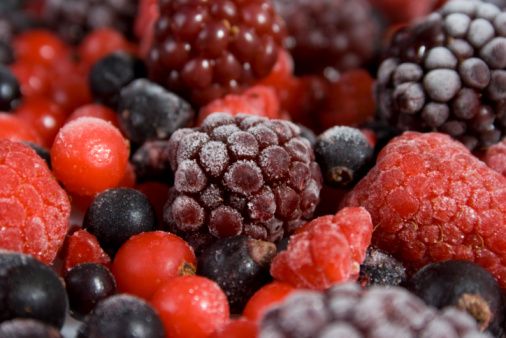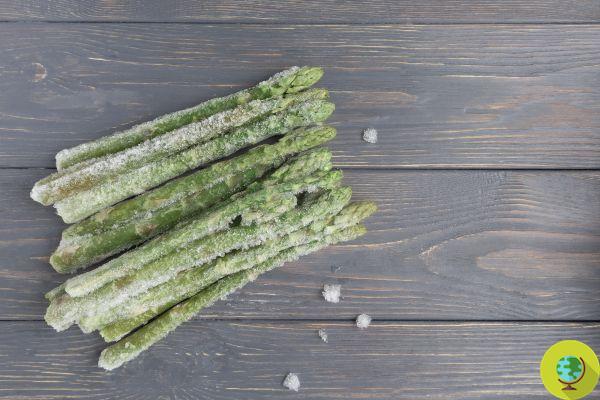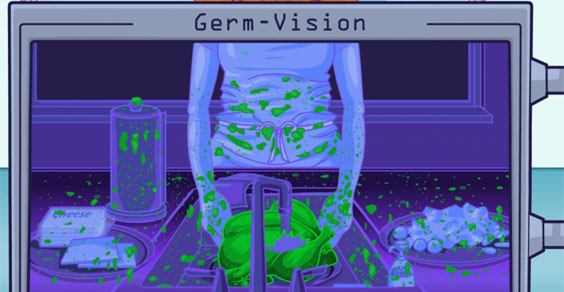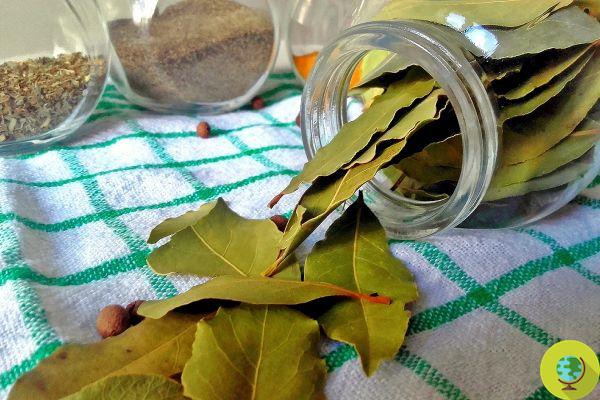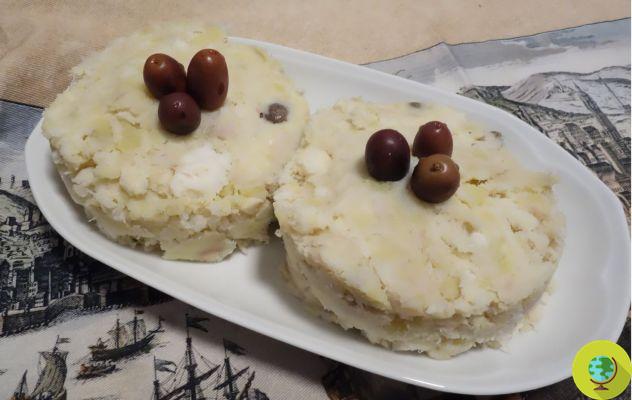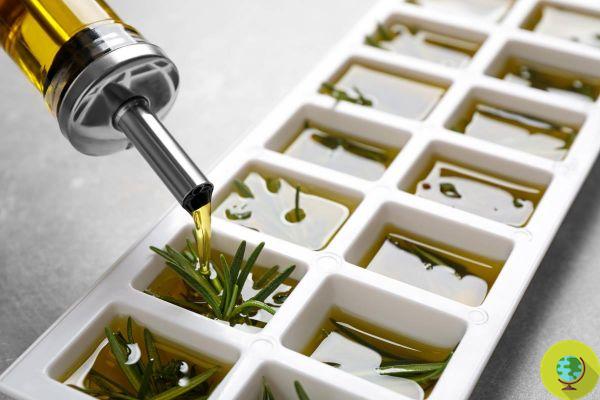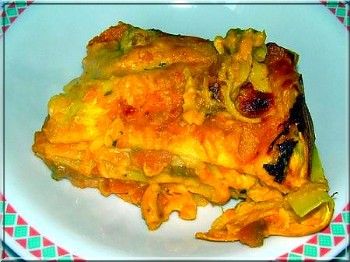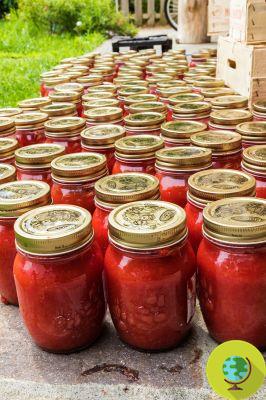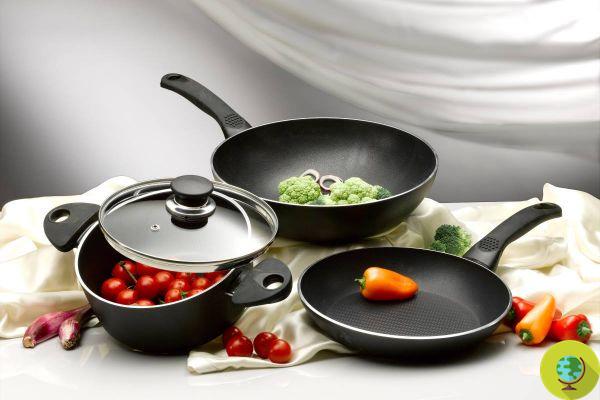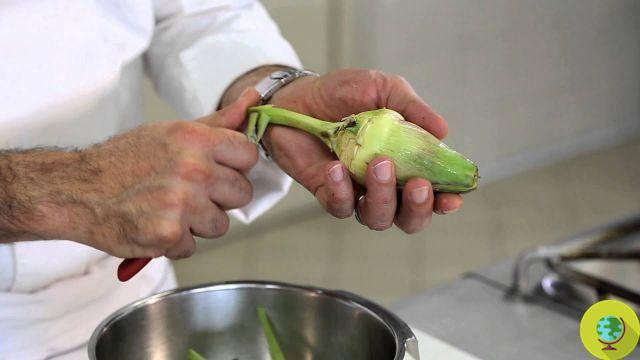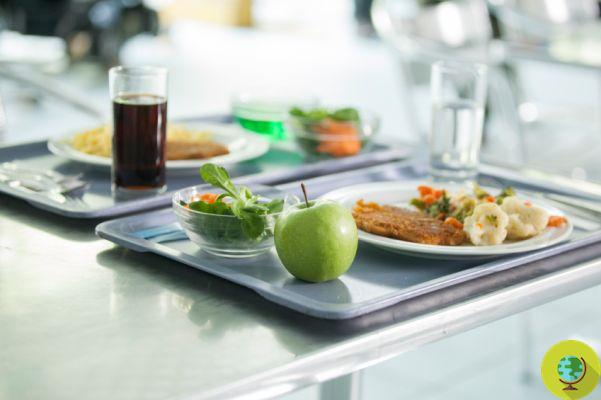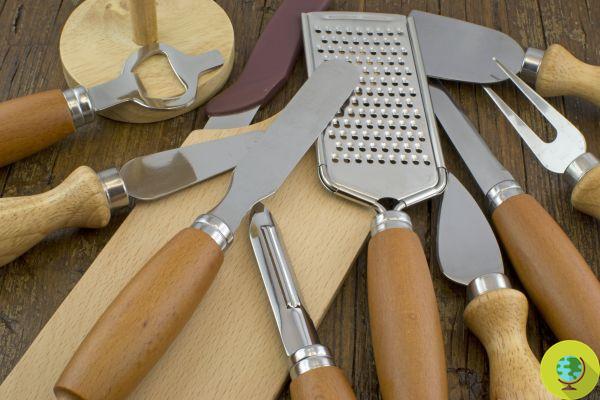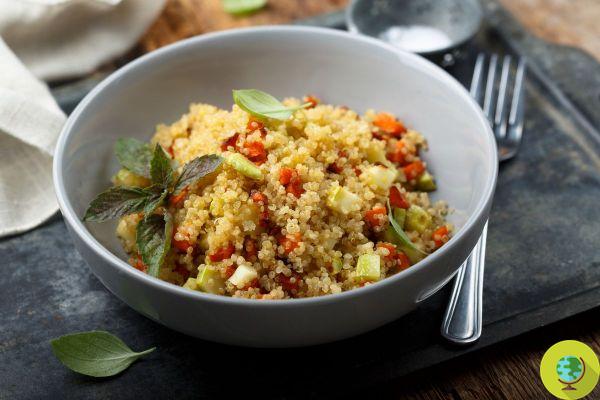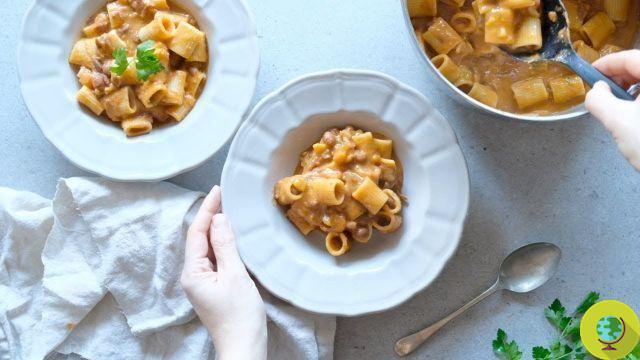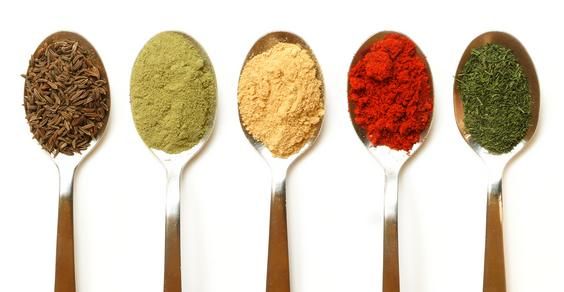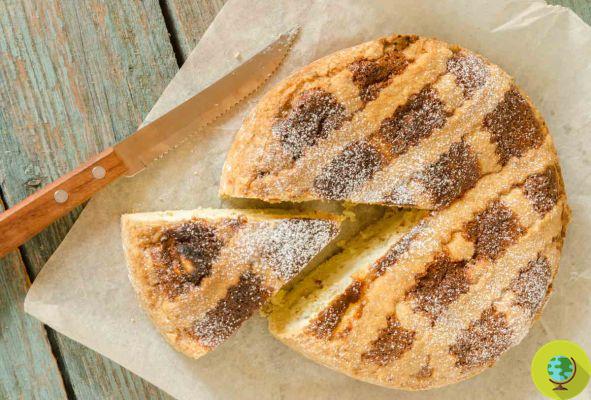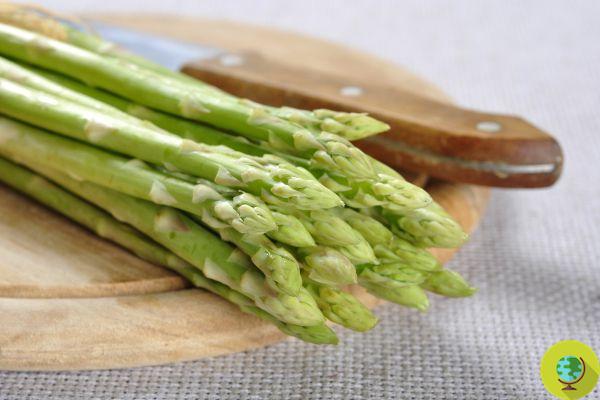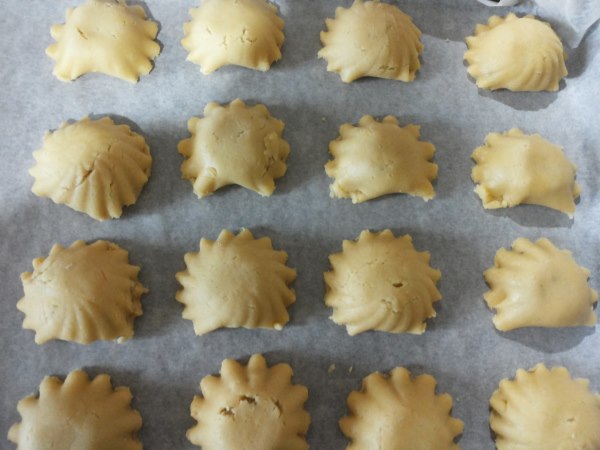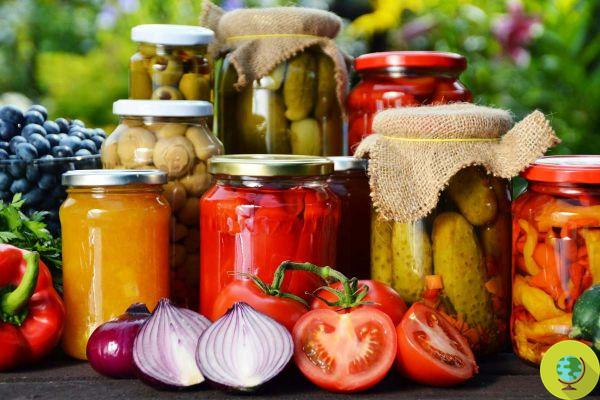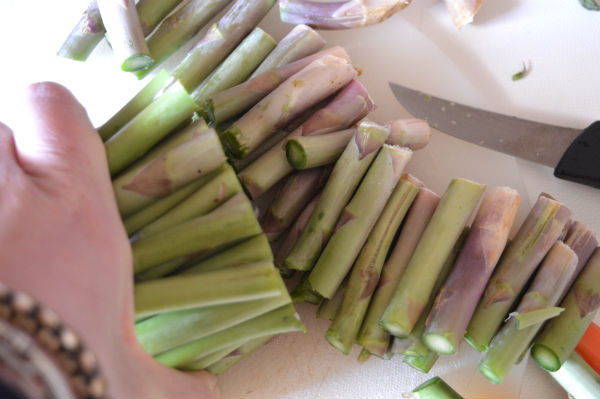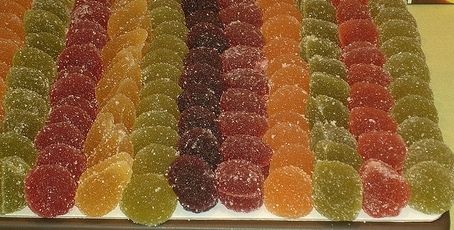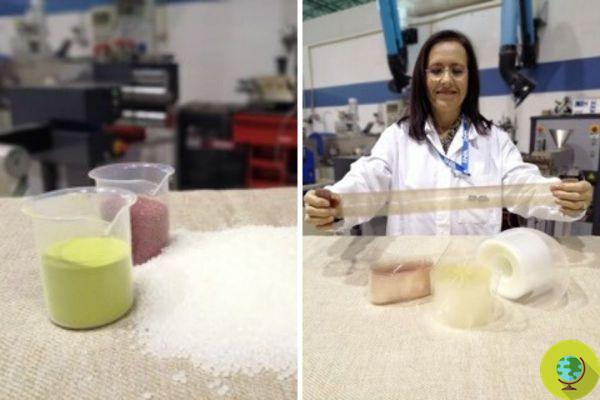
This film made with 100% biodegradable and compostable materials could revolutionize not only the food packaging sector
He is about to end up run over, his mother saves himIt is capable of changing color when in contact with deteriorating food. But not only. It is able to extend its life. It's the new one smart film and all made in Italy created by researchers from the ENEA Research Center in Brindisi.
This new "green" plastic made with 100% biodegradable and compostable materials, it could revolutionize not only the food packaging sector but also the furniture one, also finding use in the internal coatings of means of transport.
The special bioplastic was obtained from the transformation of the sugars contained in the but and in beets. To it have been added fibers or additives from the sprocessing papers of the agri-food sectors typical of the area, such as flax, hemp, waste from olive oil and coffee processing.
What is it that makes them particularly special? And how does it change color? The secret lies in cardanol oil, extracted from cashew nut and porphyrin. Thanks to these molecules, the film boasts antioxidant and antifungal properties, very useful in food packaging. In fact, they signal the deterioration of the food product they wrap, reacting with the internal atmosphere of the package and change color according to the acid-base environment with which they come into contact.
Finally, the use of zinc and aluminum oxide with their antimicrobial property means that biofilms can extend the shelf life of products by reducing the sprechi alimentari.
“We have been engaged for years in the challenge for sustainability, in line with the principles of enhancing local resources and the circular economy”, underlines Claudia Massaro, researcher at the ENEA Center in Brindisi. "We are dedicated in particular to the development of solutions to reduce the environmental impact of end-of-life containers, in line with the objectives of the European SUP (Single Use Plastics) directive which banned the use of many plastic products by 2021. disposable and established, starting from 2025, a mandatory minimum content of recycled material in plastic bottles equal to 25%, which will rise to 30% in 2030 ”, adds Massaro.
And at the end of life?
It becomes fertilizer by undergoing a degradation process that produces harmless or even useful substances.
Not just food
Thanks to its mechanical and fire resistance properties, bioplastic can also be used in the furniture sector and in the interiors of means of transport (cars, trains and airplanes). In particular, the artifacts made of bioplastic and pits (processing waste from the oil sector) have shown greater resistance to fire than the "pure" bioplastic matrix.
A strong, natural and powerful material that could allow us to say goodbye to plastics of fossil origin, which are decidedly more polluting and difficult to dispose of.
Sources of reference: Aeneas
READ also:
- The edible spray film for fruit and vegetables arrives in Europe to reduce food waste and plastic waste
- Goodbye plastic! From Piedmont the 100% natural and reusable film




